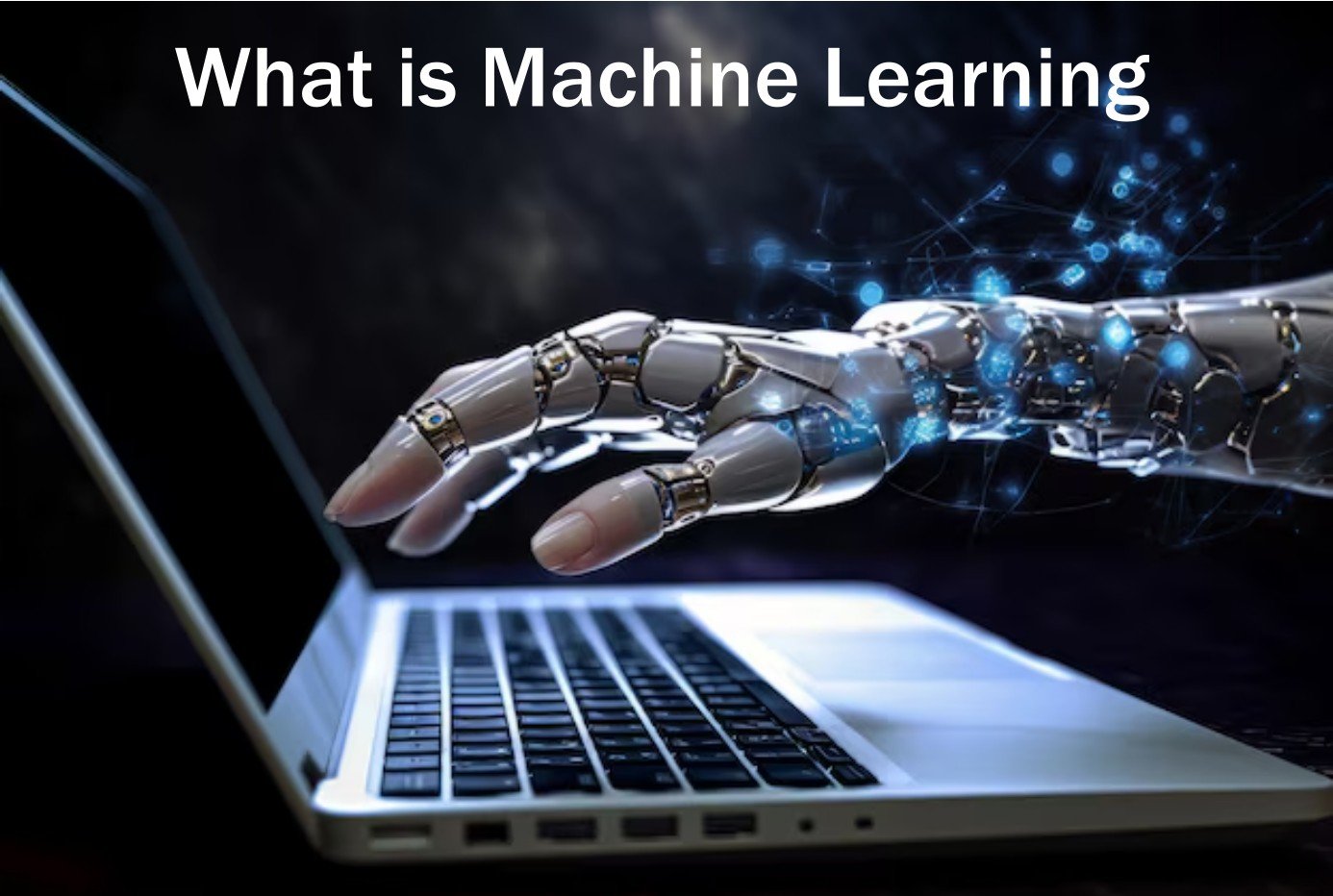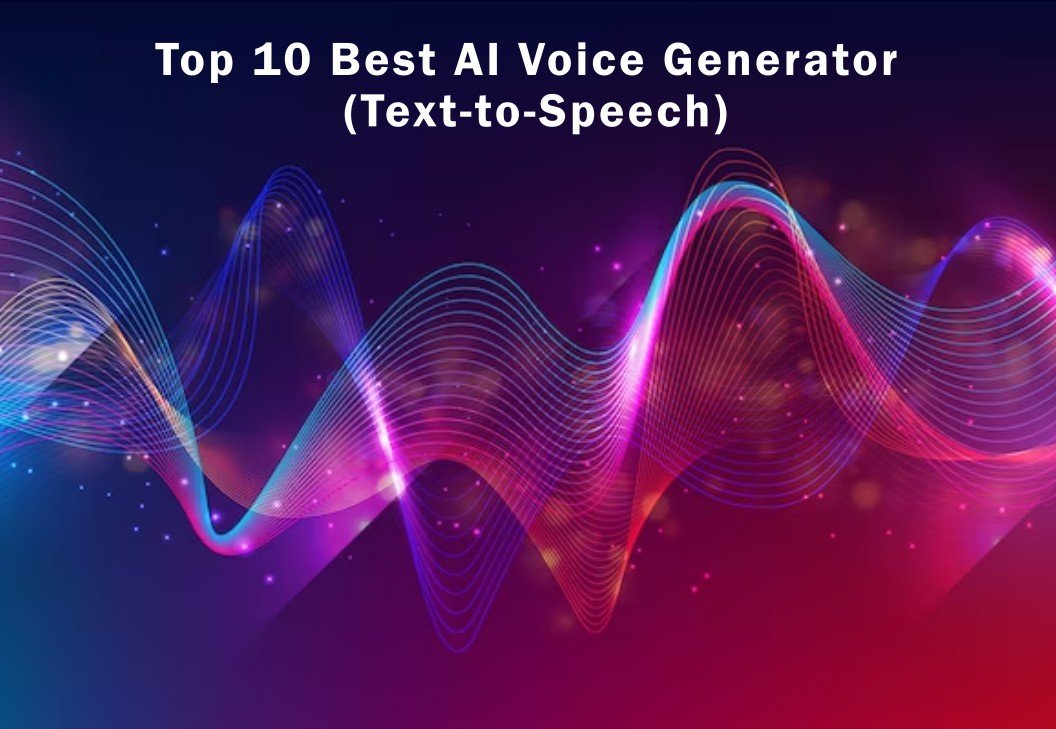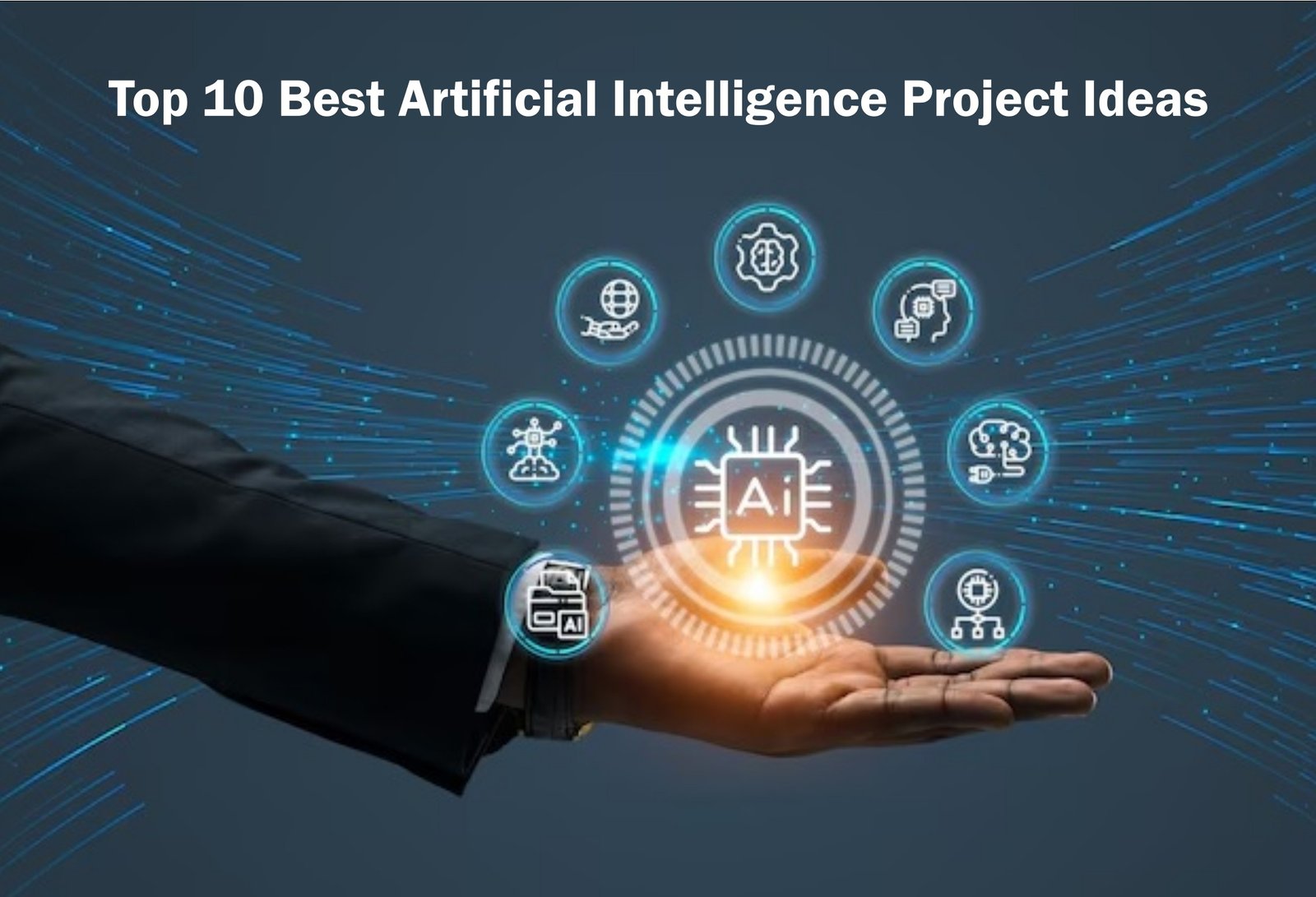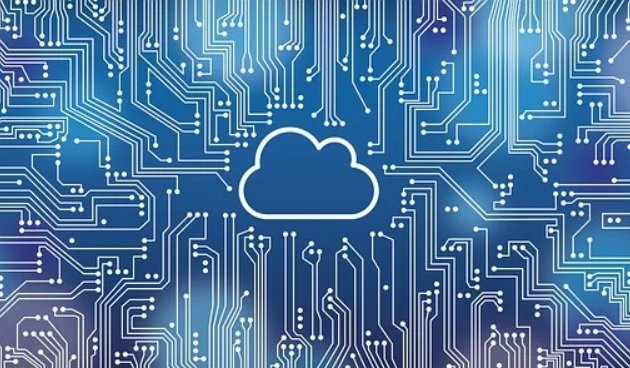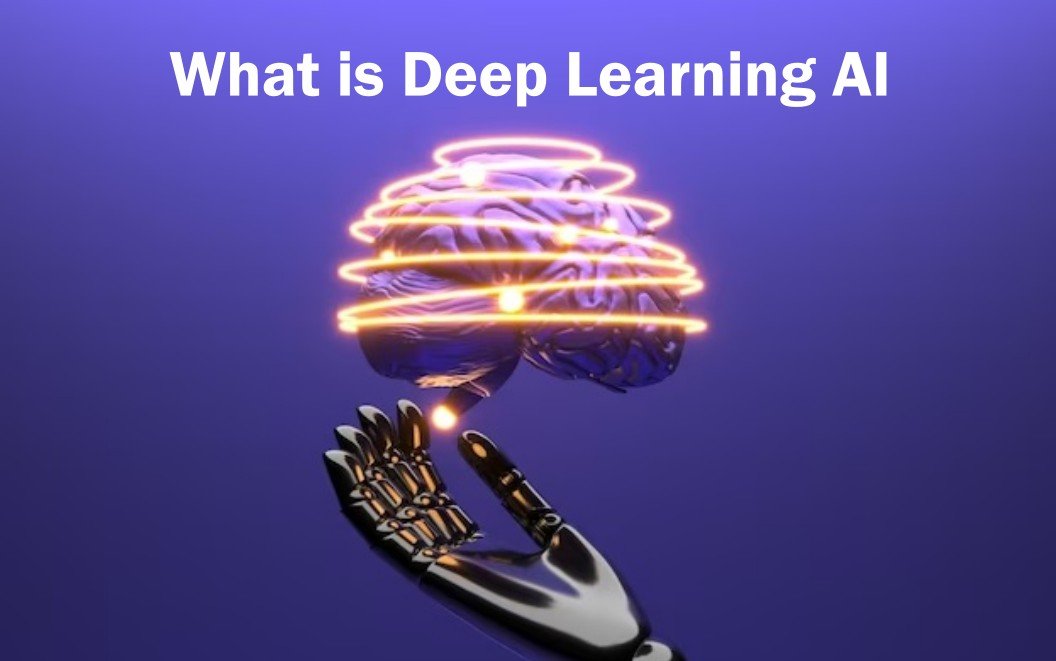What Is a Key Feature of Mixed Reality? Full Guide

Credit - Freepik
From gaming to education and healthcare, MR offers a wide range of attractive uses. We can expect to see even more creative and engaging use cases in the future as technology evolves. MR offers a wide range of attractive uses in multiple sectors like- gaming, education, and healthcare. We are expecting that in the future, we will be able to see more creative and engaging use cases.
Without wasting your time, we want to clarify that if you want to know more about mixed reality, you should first know about virtual and augmented reality. So let's begin-
Virtual Reality-
The concept of virtual reality become more advanced in recent years. For a long time, virtual reality has made it more attainable and cost-effective. As you know, the availability of virtual reality headsets is increasing. So, it may be possible to immerse oneself in virtual environments. Virtual reality is very helpful for this multiple purpose like, Gaming, Education, and training.
Virtual reality (VR) is a computerized recreation of an immersive, three-dimensional world. MR can be experienced through special electronic devices that are virtual reality headsets. And interacting with them in real time. Virtuals can mimic or completely create quantum reality.
Also Read -
Augmented Reality
Augmented reality applies virtual components to give real environment surroundings. You may have seen that in augmented reality, people are using smartphones, tablet screens, and digital glasses to view virtual pieces.
In multiple industries of education, retail, and advertising, Augmented reality can be enhanced.
Mixed reality -
Mixed Reality (MR) is a new technology that combines the virtual and real worlds. Through virtual reality (VR) with augmented reality (AR), Mixed Reality enables the user to interact in real-time with the real world.
MR is a fully simulated environment that projects digital information into the real world, unlike VR or AR. MR seamlessly integrates the two applications to generate immersive experiences.
MR technology is made possible by the application of esoteric hardware and software like cameras, sensors, and special glasses that can detect and analyze your activities.
MR helps interact with the user and the real environment. It enables technology to create virtual things. By MR it will seem to exist in the real world.
The need for mixed reality in AI
AI and MR are two highly developing technologies that can change the way of interacting with the world's surroundings. When you combine AI and MR, it will be helpful to open up entirely new interesting possibilities as well as enable more practical applications.
One of the main benefits of adopting MR in AI is it will be able to engage with machines more naturally. MR can combine the physical and digital worlds with a more immersive experience for feeling the real world.
MR can provide better communication and collaboration as well as make it easier for users to work on AI applications like chatbots and virtual assistant providers.
How the users interact with applications that use, it can be enhanced via MR. For example, When you are using a chatbot or virtual assistant, it gives a feel like a real discussion so that user happiness and engagement become more attractive.
Key Features of Mixed Reality
- Mixed reality (MR), a rapidly evolving technology, blends elements of both virtual reality (VR) and augmented reality (AR) to create a new interactive experience. Some key features of MR include:
- The physical and digital worlds are blended in MR to create a seamless experience in which digital objects appear to be part of the physical environment.
- Using MR technology, users can interact with and modify virtual objects in real-time.
- MR uses state-of-the-art sensors and cameras to track the user's activities and surroundings. As a result, technology can generate virtual things that can be interacted with as if they were real.
- MR uses state-of-the-art graphics and high-resolution monitors to produce lifelike virtual objects that appear to exist in the real world.
- Users can be completely immersed in the virtual environment and experience it as a part of themselves using the immersive experience of MR.
Also Read -
Functions of Mixed Reality
Combination: It can combine the real with the virtual world.
Interaction: Real-time interaction with virtual and physical worlds.
Spatial Awareness: To keep track of the user and surrounding environment it uses the user camera and sensors.
Realistic Visualization: Uses high-resolution state-of-the-art graphics and monitors to produce lifelike virtual objects.
Immersion: Blends the virtual and real worlds to create a fully immersive experience
Examples of Mixed Reality
Let's look at examples of mixed reality for a better understanding:
|
Example |
Helps In |
|
Pokemon Go |
Mobile - Gaming Plateform |
|
Volvo Cars |
Virtual Showroom experience |
|
Surgery Stimulation |
Training for medical students and surgeons |
|
Education |
Immersive learning experience |
|
Retail |
More interactive and tailored buying experience |
|
Military |
Real-time situational awareness and training simulation |
|
Architecture |
Visualize and simulate complicated designs |




